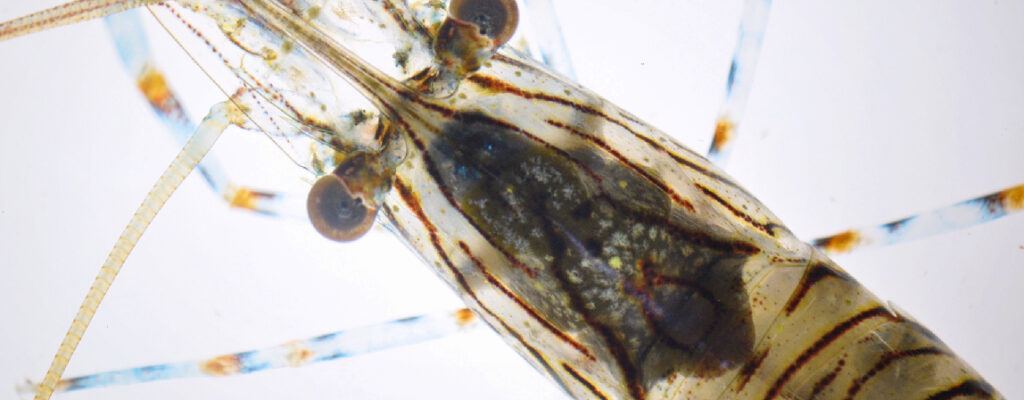Around the world Posted on 2018-08-29 11:44:27
Network initiatives
The OIE Veterinary Legislation Support Programme
Addressing the legal framework for biological threat reduction in the veterinary domain
Keywords
Authors
Chargé de Mission, Veterinary Legislation Support Programme, Regional Activities Department, World Organisation for Animal Health (OIE)
Veterinary legislation is an essential part of a nation’s infrastructure. It provides the powers and authorities necessary for Veterinary Services to carry out their key functions in the veterinary domain efficiently, in order to ensure public safety and promote the public good.
These functions include epidemiosurveillance; early detection and reporting of animal diseases, including zoonoses; rapid response to and prevention and control of animal disease and food safety emergencies; animal product food safety; the welfare of animals; and the relevant certification of animals and animal products for export.
In the face of growing global demand for foods of animal origin, increasing world trade, shifting patterns of disease associated with climate change, the emergence and re-emergence of diseases that can rapidly spread across international borders and the growing risk of bio-terrorism, Veterinary Services must be supported by effective and modern legislation.
Yet, in many countries, veterinary legislation is outdated and simply not adequate to meet current and future challenges and societal expectations. In response to this situation, the OIE established the Veterinary Legislation Support Programme (VLSP) in 2008, to help its Member Countries recognise and address their needs for modern, comprehensive veterinary legislation.
The main activity of the VLSP is the Veterinary Legislation Identification Mission. At the request of a Member Country, a team of OIE VLSP experts, including at least one veterinarian and one lawyer, review the country’s existing veterinary legislation in relation to the OIE standards on this subject, as contained in Chapter 3.4. of the OIE Terrestrial Animal Health Code. The team identify gaps and weaknesses in the existing legislation and make recommendations for reform. These recommendations are contained in an end-of-mission report.
Since the beginning of 2016, with project support from the Government of Canada, the OIE has been able to integrate legal considerations concerning biological threat reduction (BTR) into the overall mission of the VLSP
Through this project, the VLSP is working to strengthen the veterinary legislation of OIE Member Countries. Its aim is to provide a legal framework that will allow OIE Members to more effectively prevent, identify and mitigate biological threats within the veterinary domain. A number of activities have been carried out under this project, as follows.
- In December of 2016, a training workshop on BTR and veterinary legislation was held at OIE Headquarters in Paris for 28 OIE VLSP experts, including lawyers and veterinarians. The objective of the training was to improve the capacity of VLSP experts to assess a country’s veterinary legislation in the context of BTR during VLSP Veterinary Legislation Identification Missions.
- Pilot Veterinary Legislation Identification Missions were conducted in Belize and Panama in 2017, to test the feasibility of carrying out the standard mission with an added focus on evaluating legislation in relation to BTR. The outcomes of these missions were positive, providing guidance for the successful implementation of future missions. Another such mission is scheduled for Guatemala in 2018.
- A workshop on legislation and BTR for nine Member Countries of the Regional International Organization for Plant Protection and Animal Health (OIRSA) was held in Panama City, Panama, in June 2017. A representative was invited from each of three different sectors – Veterinary Services, Public Health and National Security – from each country. The workshop included a simulation exercise to raise awareness of biological threats resulting from the intentional introduction of a zoonotic pathogen, and the importance of interagency cooperation in biological threat mitigation. The exercise was well received, with participants from several countries noting that they would like to repeat the exercise at home, with a broader range of agencies.
All these activities are based on recognising the need for a strong legal framework if countries are to take effective action in the face of biological threats, and the necessity of interagency and international cooperation to achieve successful outcomes. Furthermore, these activities support the OIE’s Sixth Strategic Plan (2016–2020), which identifies the reduction of biological risks, whether natural, accidental, or intentional, as a priority for OIE Member Countries.
http://dx.doi.org/10.20506/bull.2018.1.2771











